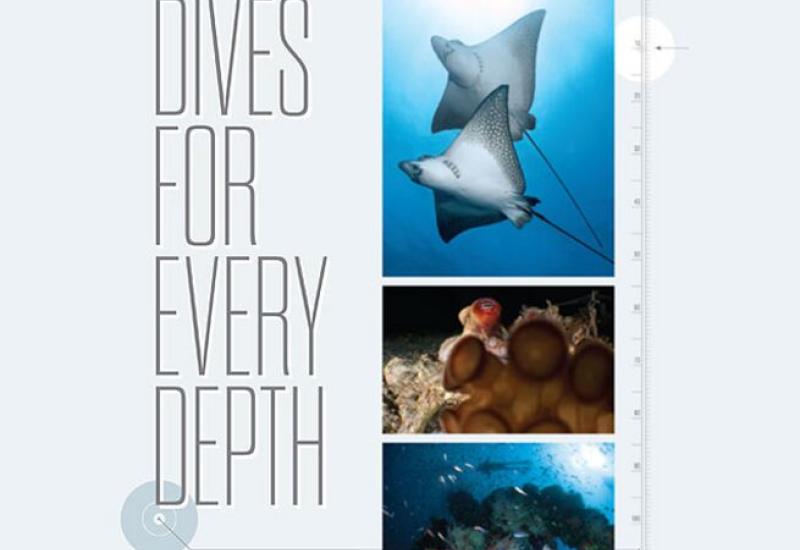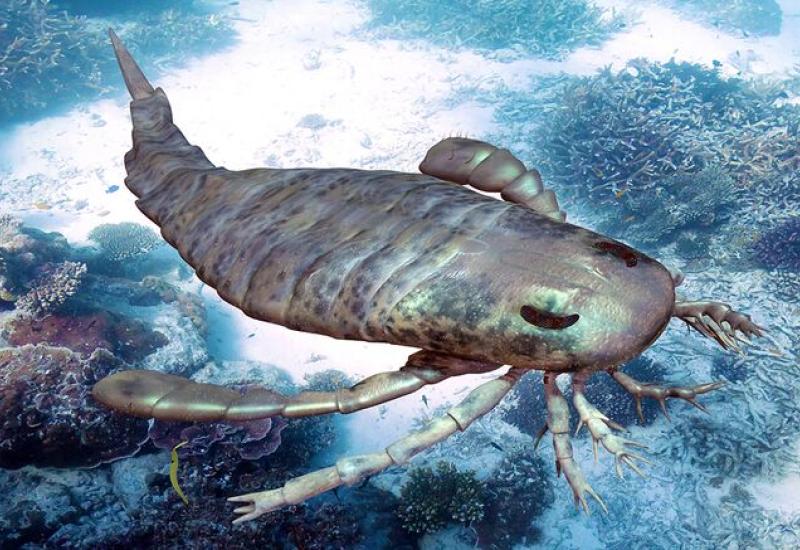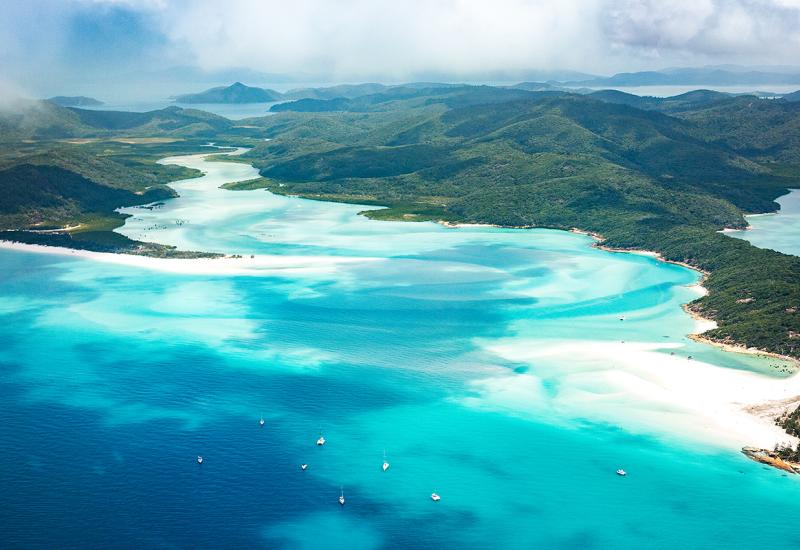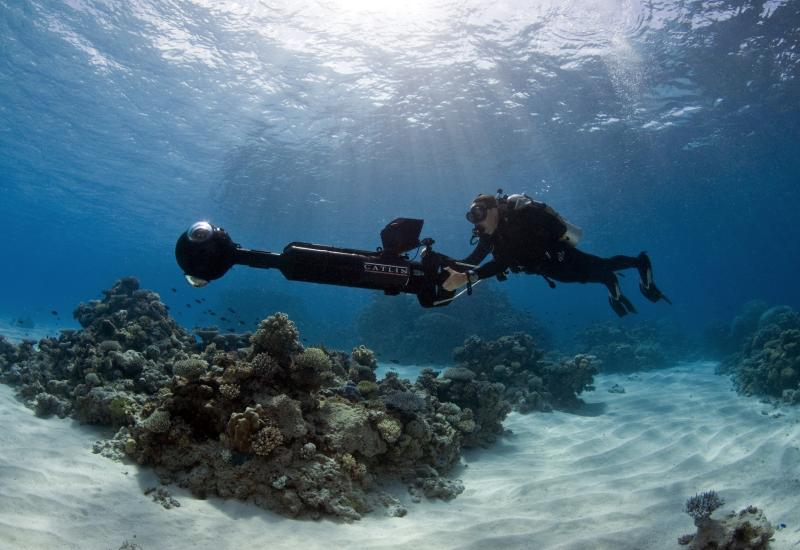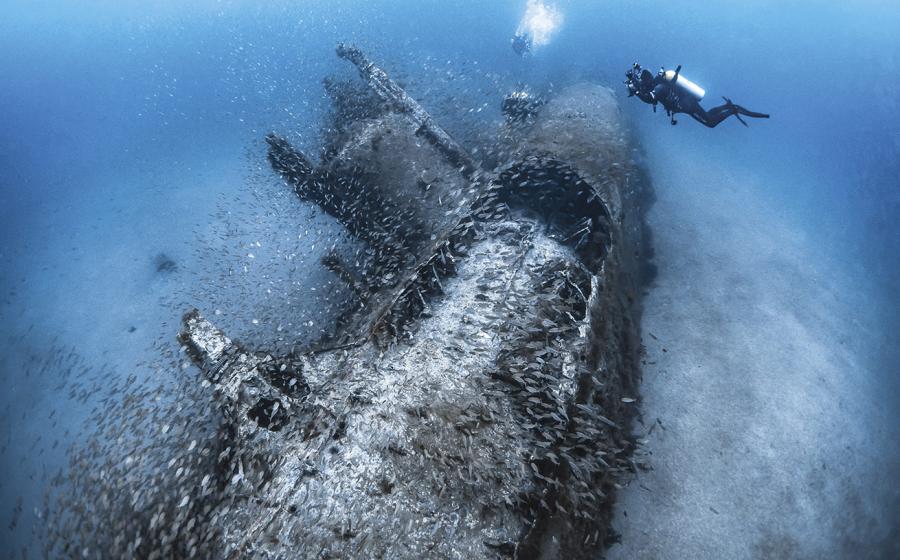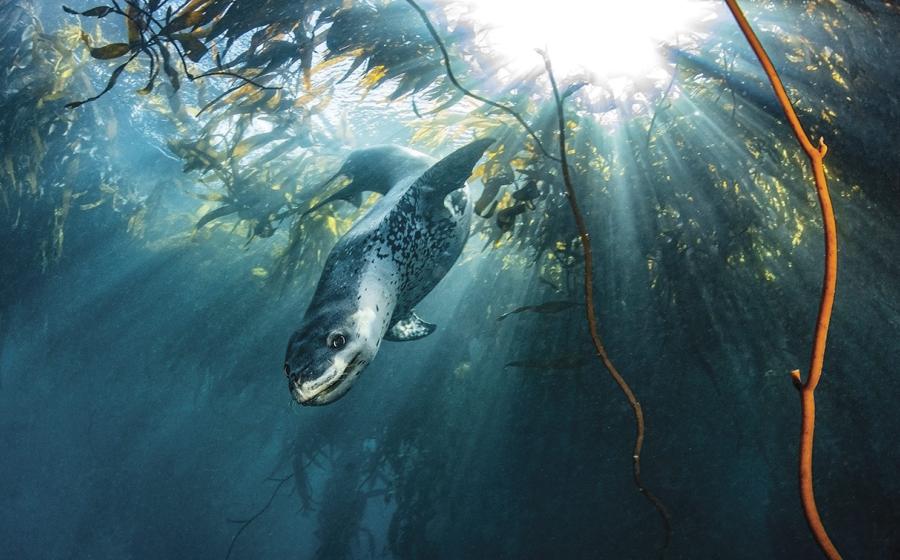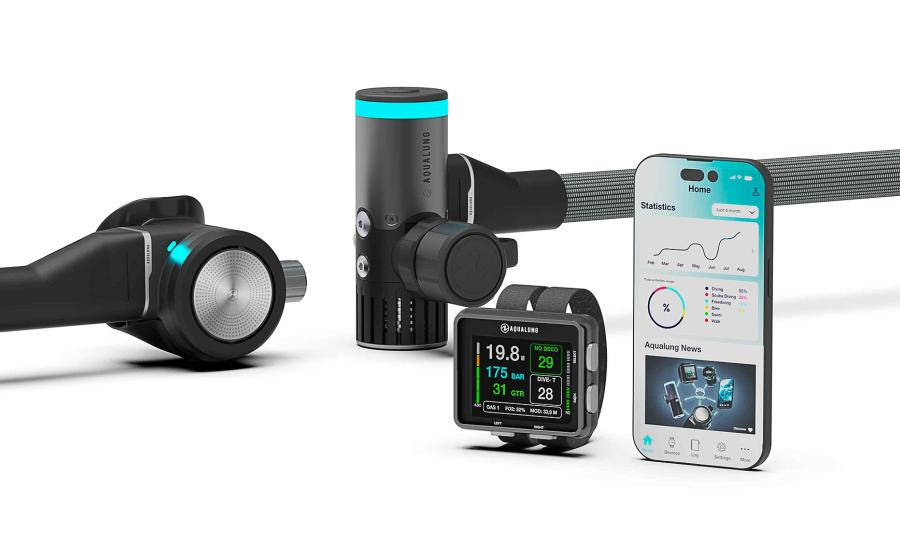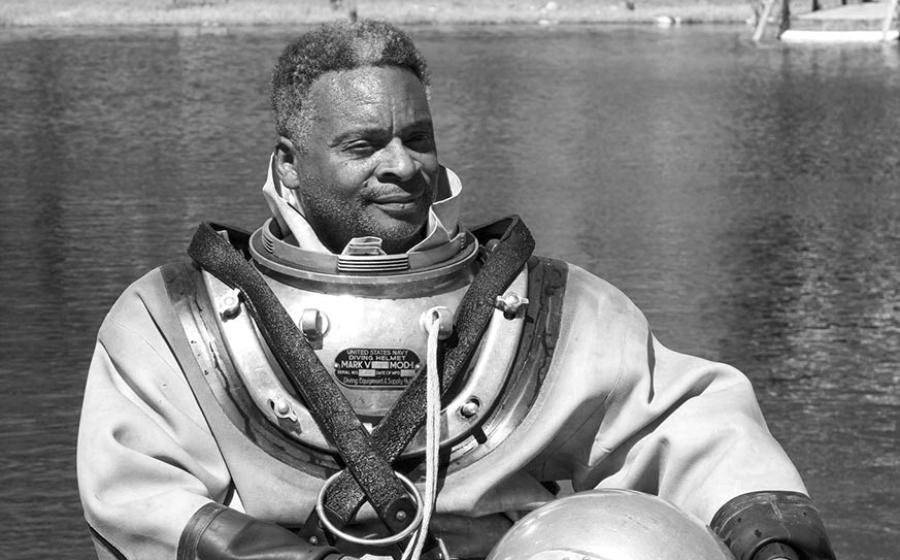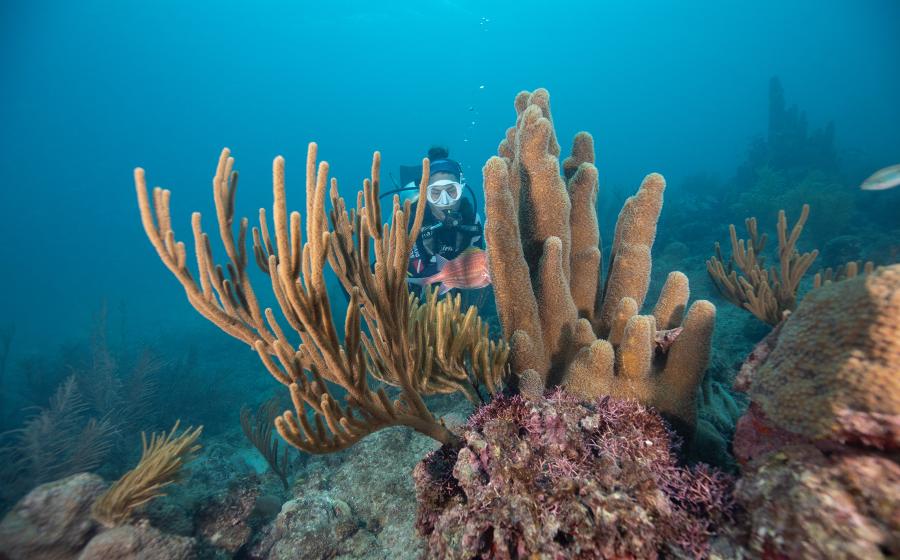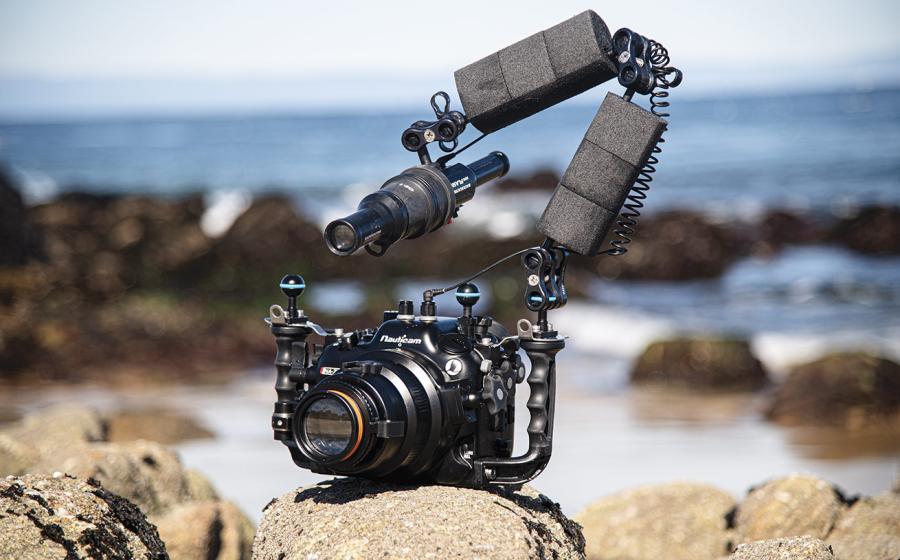Epic Spawning Events, WWII Wrecks and More in Palau
From hectic spawning events to magical black-water encounters, scuba diving in Palau never disappoints ...
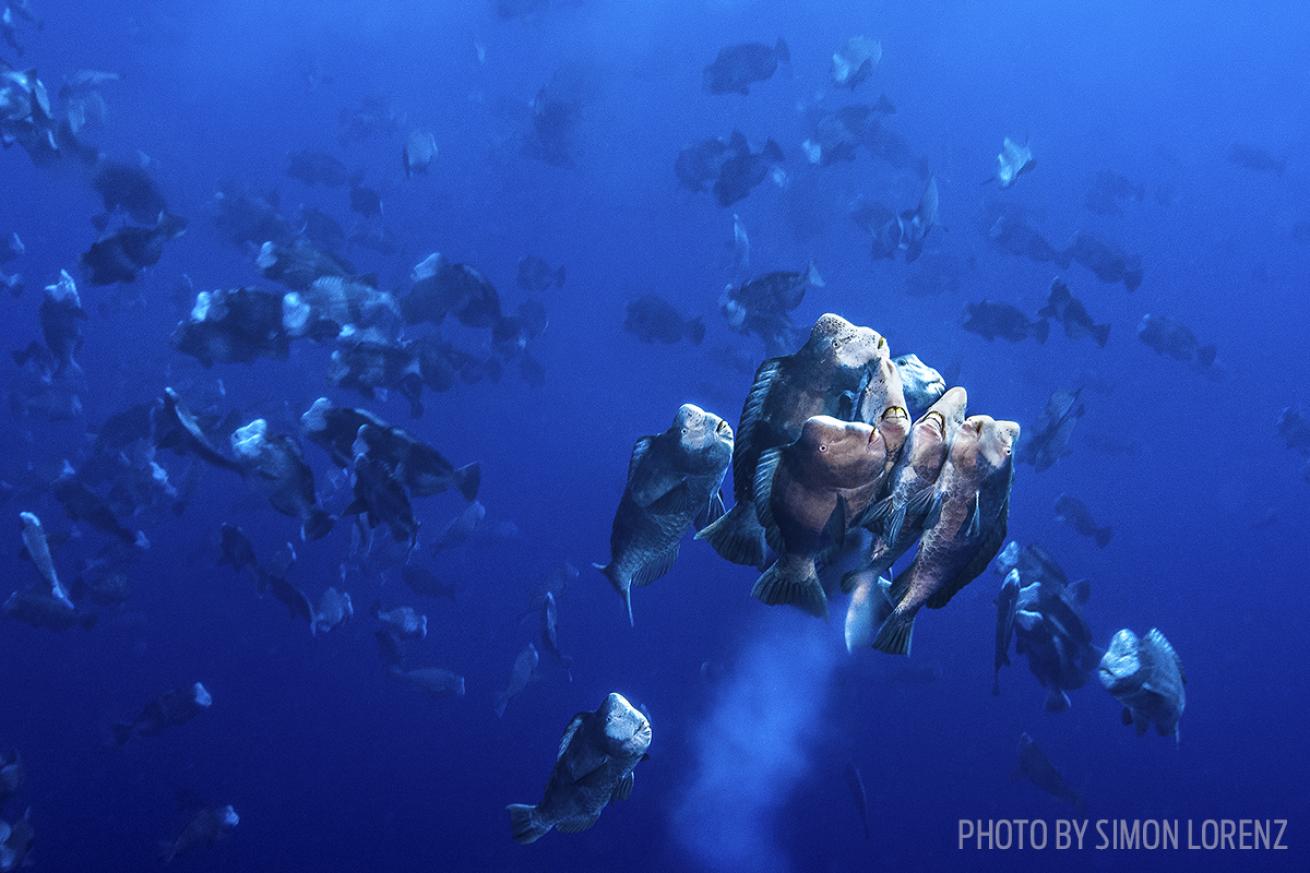
Simon LorenzBumphead parrotfish spawn en masse off the coast.
Pillars of excited fish erupt all around us in an explosion of new life as we’re surrounded by thousands of white-faced bumphead parrotfish in the solid-blue water of Palau. I can even see a bull shark attacking a group of distracted bumpheads, albeit without success. Twenty species come to Palau in massive groups of up to 10,000, releasing sperm and eggs into the currents and allowing their offspring to drift until they mature enough to populate the reefs. In a week of diving on Palau Siren, this is one of many bizarre — and unforgettable — dives.
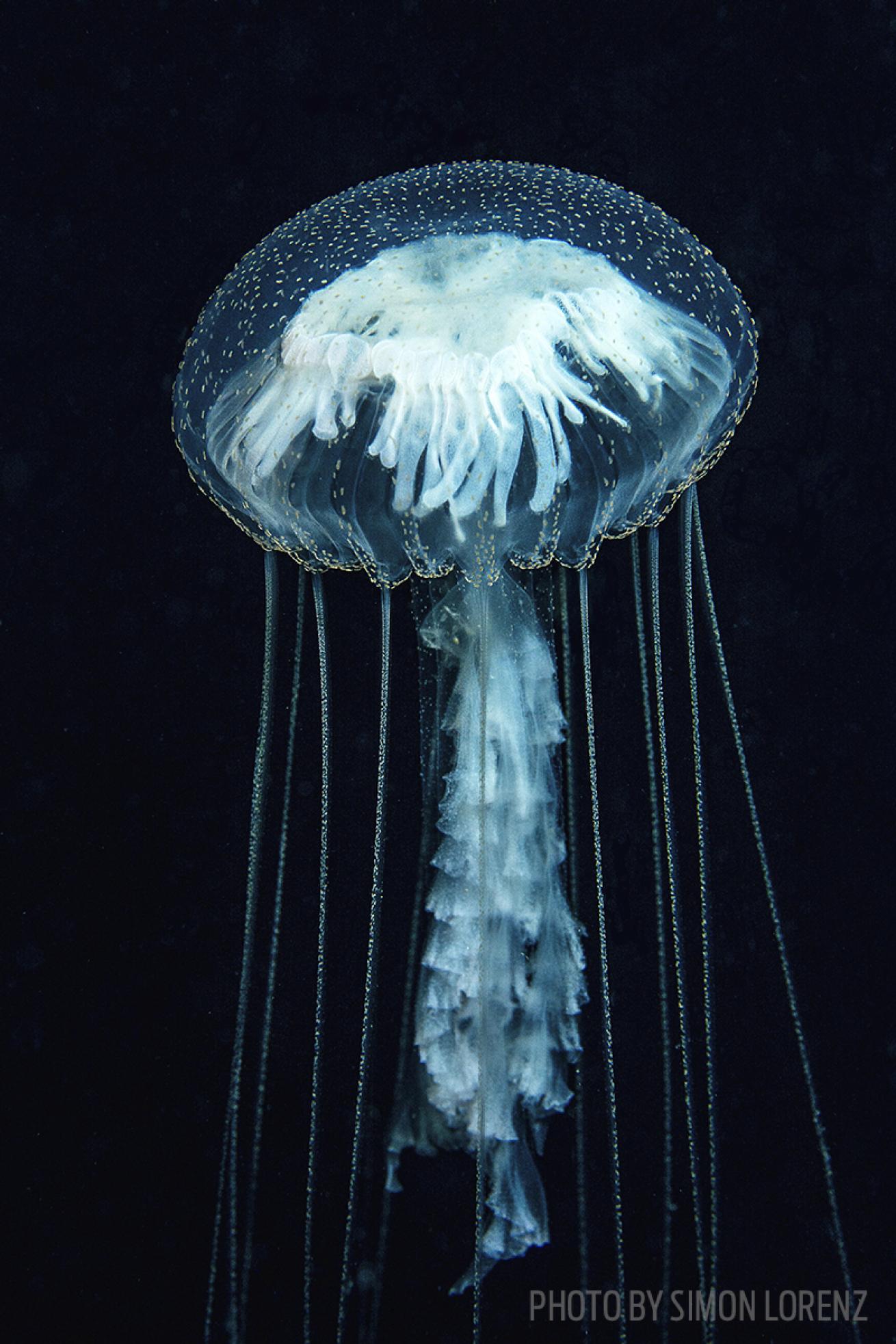
Simon LorenzPelagic jellyfish paint the scene at night
Twenty-five years of insightful government protection has helped Palau become one of the healthiest reef systems in Asia. A great way to enjoy the spoils is to dive corner sites such as Blue Corner, where the tidal currents push over the reef and thousands of fish feed on incoming nutrients. Up to 100 reef sharks surf these currents, gliding by close to hooked-in divers.
The waters around Palau are deep — they plummet down to 30,000 feet on the eastern side, providing perfect conditions for black-water diving. We descend toward the suspended video lights positioned beneath the boat; they set the stage for transparent juvenile fish, cephalopods, larval-stage crustaceans and pelagic jellyfish, and other gelatinous animals.
After exploring Palau’s wrecks and current dives aboard Palau Siren, you can extend your stay at Sam’s Tours for black-water diving, a Unique Dive Expedition or topside treks to historic WWII sites. samstours.com sirenfleet.com
Adding to the variety of dives are the wrecks dating back to World War II, when a Japanese fleet was sunk inside the lagoon. Several of the wrecks — such as the freighter Chuyo Maru — sit upright on the seafloor with guns and masts beautifully overgrown by colorful soft and hard corals.
We traveled all around the lagoon in a seven-night cruise on the Indonesian-style sailing boat. The chef surprises every day with a mouth-watering array of dishes. If experiencing massive spawning events, thrilling hook-and-hang dives and sunken historical artifacts doesn’t impress you, there’s always a fresh smoothie and hot towel waiting on board.
WHAT TO BRING
Freediving Fins
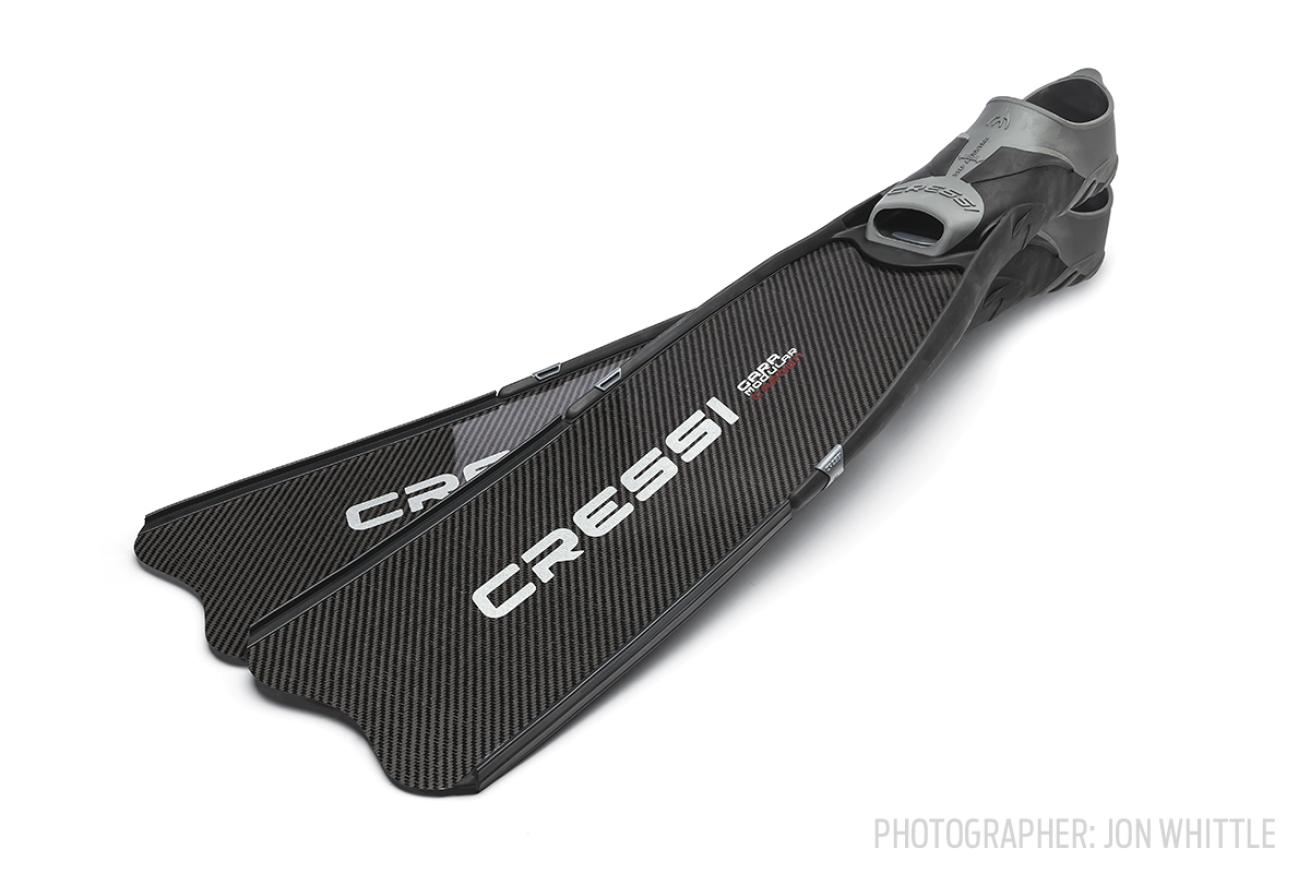
Jon WhittleFreediving fins
To capture fast-paced spawning events, one needs to swim hard. Freediving fins are useful. For photography, it pays off to ditch the fisheye for a wide-angle lens to get closer to the action.
Lights
It’s challenging to focus on subjects while shooting in black water. Use a forgiving lens, and don’t use diopters. A wide-focus light and a narrow-spotting light are useful to find subjects.
Reef Hook
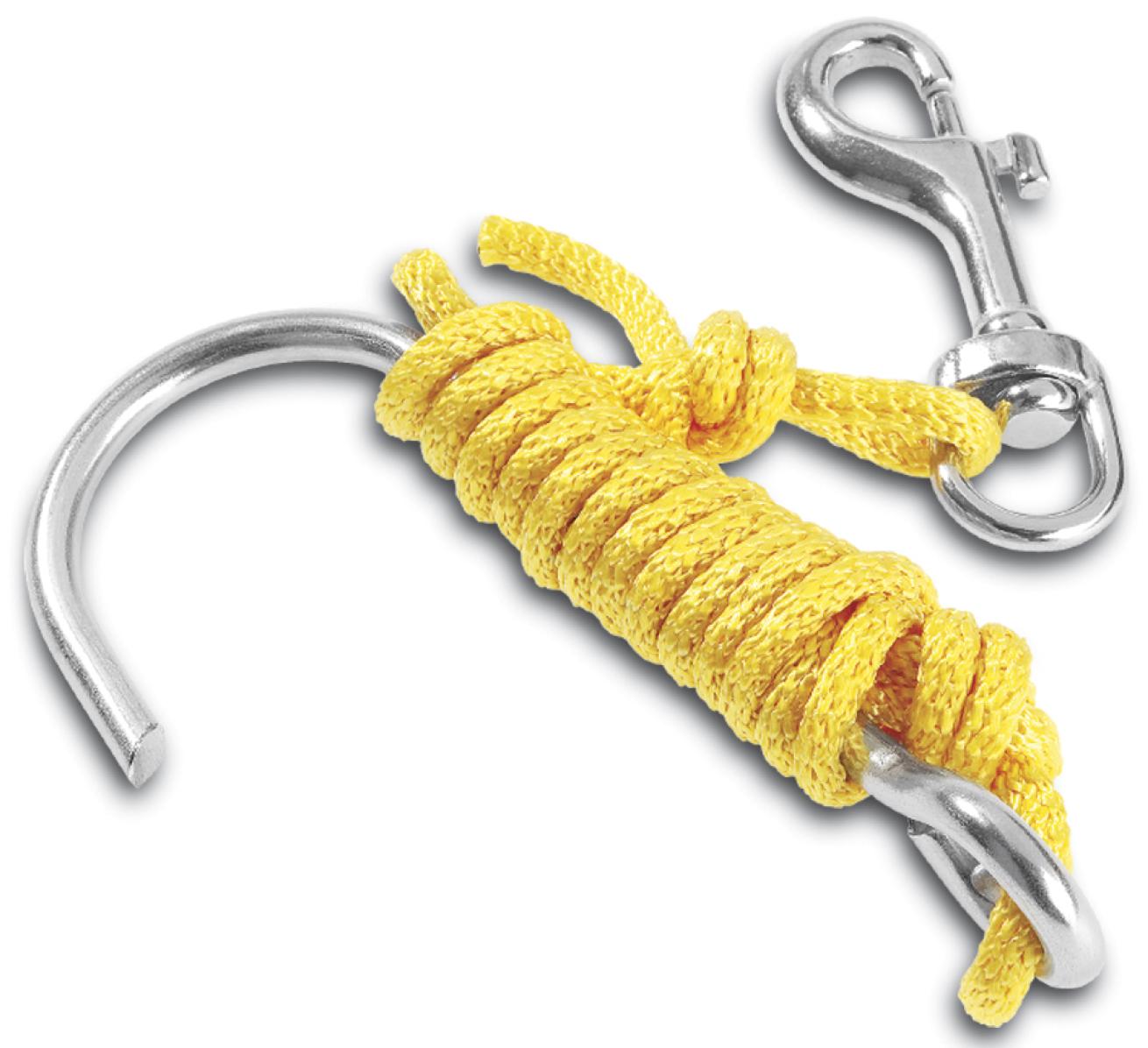
Courtesy ScubaproReef hook
Ripping currents bring fish and divers to Palau. Diving multiple spots on one corner means regular hooking and unhooking, so a coil-based reef hook is easiest as it does not need to be rolled up.
Fish-Eye Lens
It’s also helpful to use a fish-eye lens shooting wrecks. Inside the wrecks, strobes need to be used carefully. Raising them high helps to avoid overexposed bottoms.
TRIP HIGHLIGHTS
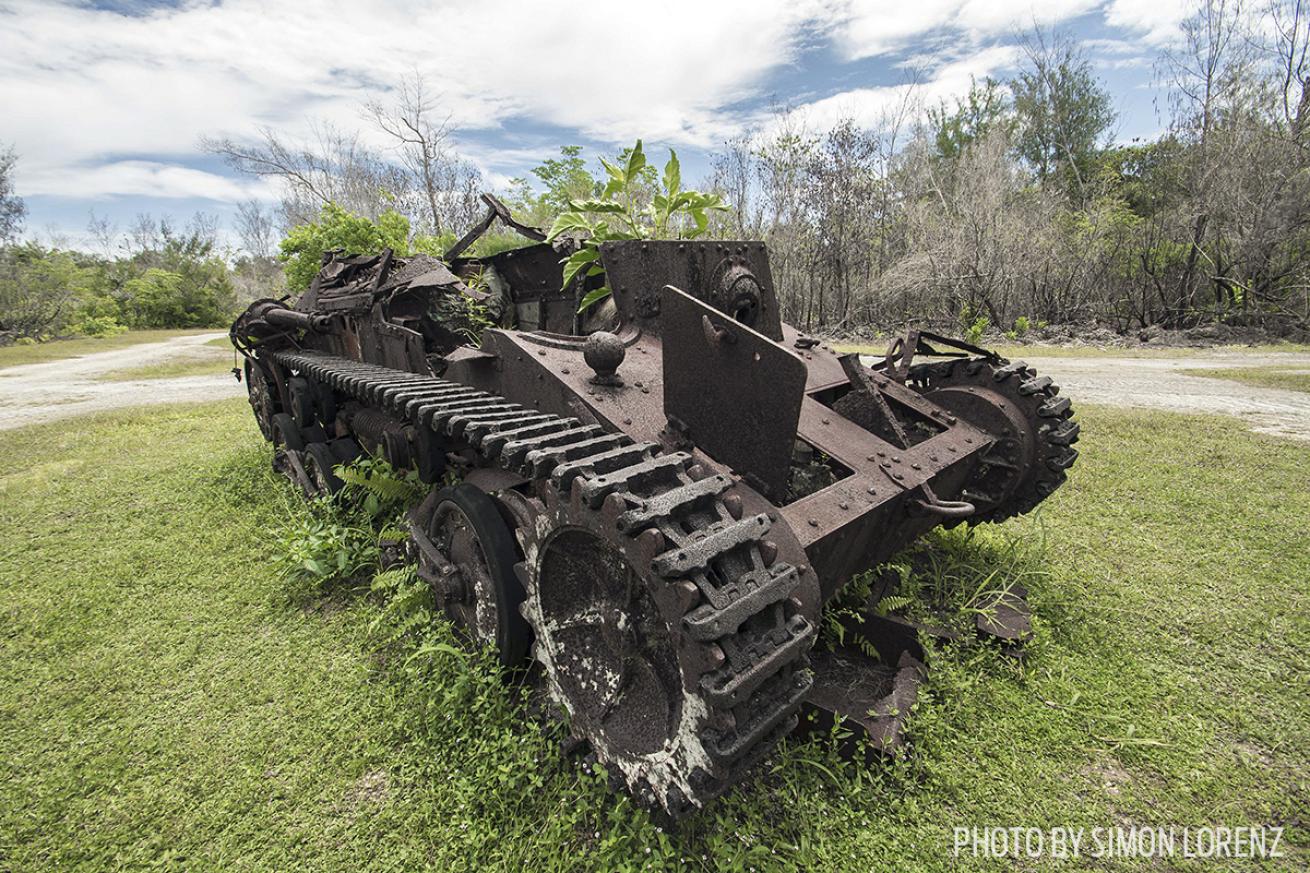
Simon LorenzJapanese WWII tanks rust away on Peleliu Island
Day 1
Our warm-up dive is Blue Holes, a cavern the size of a soccer field, mesmerizingly lit up through the four skylights. Adjacent Blue Corner is stage to troupes of reef sharks and fish swarms filling each diver’s entire field of vision.
Day 3
The Pacific War left divers with an underwater museum. We visit the Chuyo Maru, which sits upright, complete with guns and masts. The more experienced of us enter the intact engine room, exploring silt-covered machinery.
Day 4
After a day of bluewater diving, we dive 50 feet beneath the boat, where video lights attract ocean dwellers that rise at night to feed closer to the surface. We sharpen our macro photography skills while drifting above the black abyss.
Day 6
The crew takes a chance in German Channel, passing the swarm of fusiliers and diving into the blue at this famous current-swept site. Then, big shapes appear and 10 manta rays barrel feed around us in big-fish heaven.
THE BOAT // Palau Siren
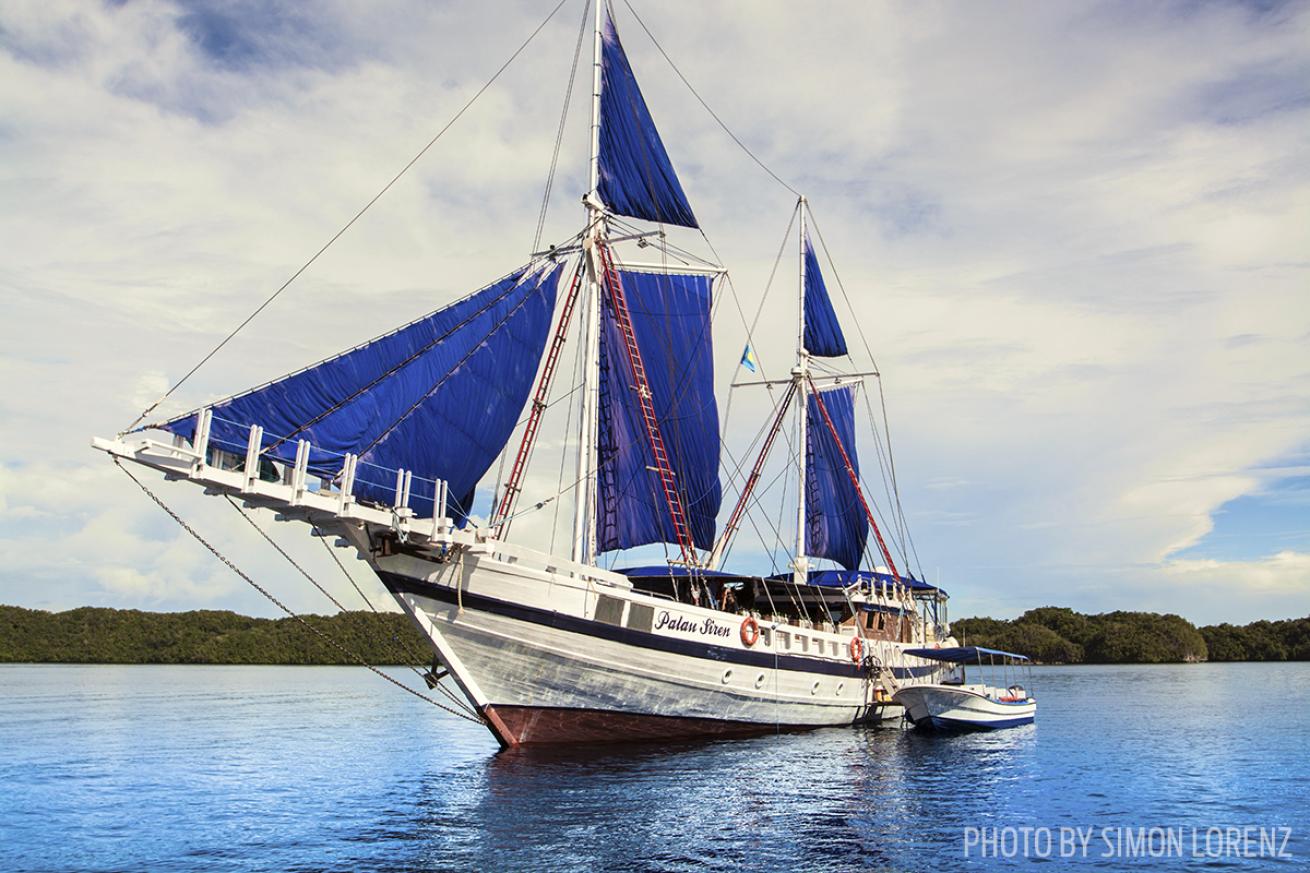
Simon LorenzThe Palau Siren at anchor
Total passengers: 16
Cabins: 6 twin; 2 cabins
Total crew: 12
Length: 131 feet
Beam: 32 feet

